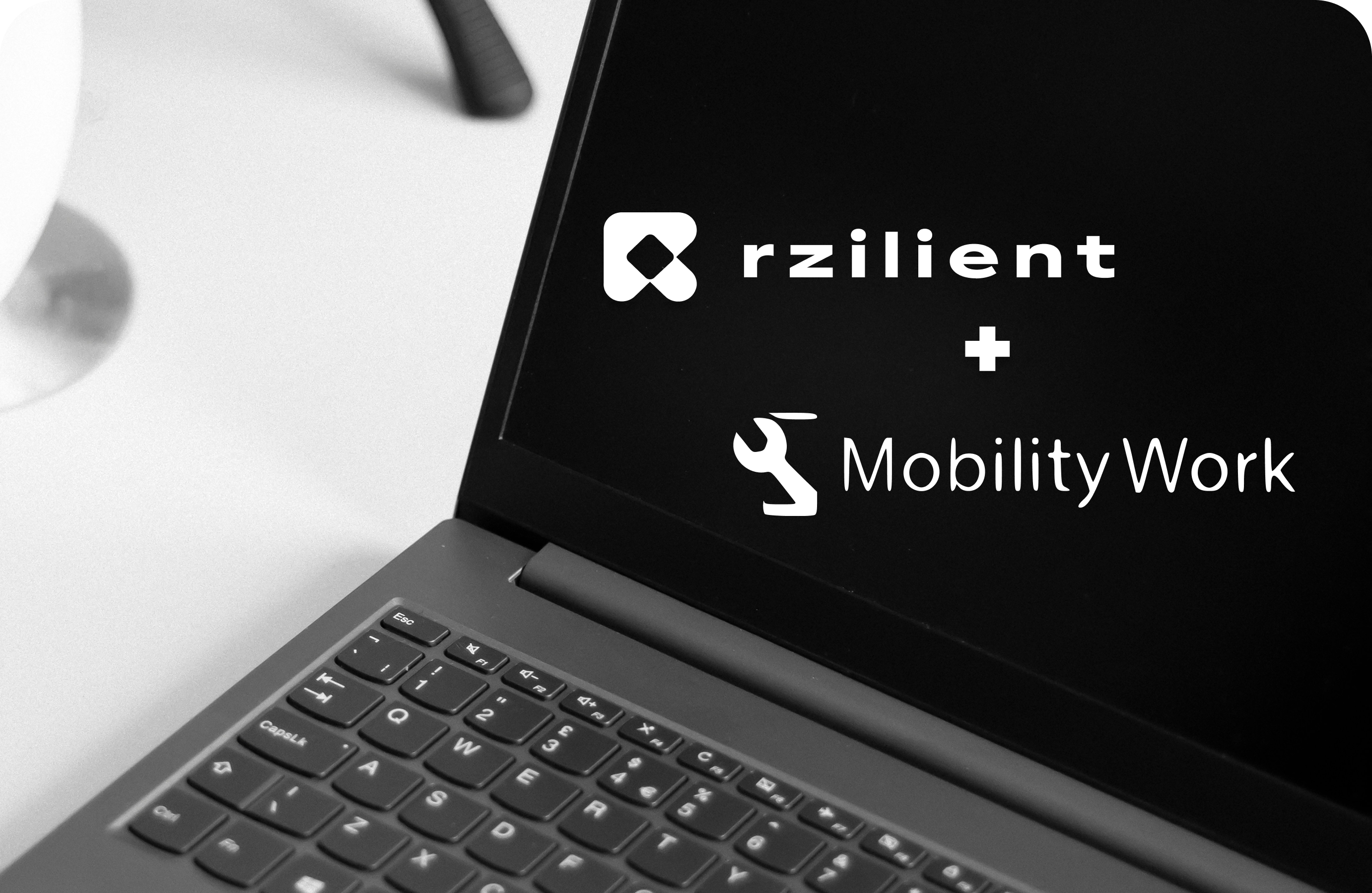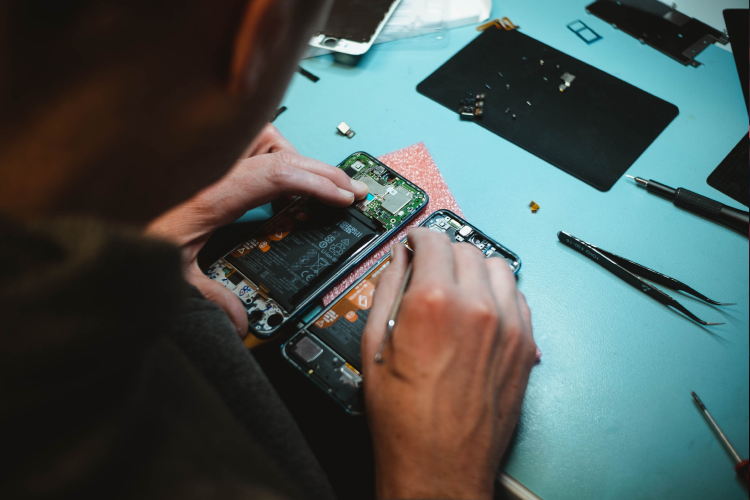How to carry out your deprovisioning during an offboarding

Discover our all-in-one solution
When a member of your team leaves your company, you have a set of actions to take to ensure that their departure takes place in good conditions, and that there are no negative impacts on your professional activity.
In most cases, the departure is by mutual agreement, and without tension. But it also happens that the departing employee is not happy, or even wants to harm your company!
Deprovisioning is one of the actions to protect the interests of your business.
Deciphering this central concept in employee offboarding!
Definition of deprovisioning
The term deprovisioning comes from the English “deprovisioning”.
It is closely linked to the concept ofoffboarding, that is to say when employees leave a company.
Concretely, the Deprovisioning consists of the deactivation of user accounts and access to company systems and applications when an employee leaves the company or changes position.
Deprovisioning is a structured approach, involving a succession of actions, much like a “checklist” to be carried out from A to Z.
Key steps for successful deprovisioning
To carry out your deprovisioning in the best possible way, here are the 4 steps you should not forget:
- revoke access permissions,
- delete accounts and associated data,
- recover the company's computer equipment in the possession of the employee,
- ensure that all sensitive information and data is secure
Typically, A deprovisioning carried out manually can take several hours of work. And this work can be a bit boring and repetitive for the IT expert in charge.
We therefore advise you to consider a solution to automate your deprovisioning. This becomes even more important if you do it on a regular basis.
Attention: the deprovisioning process must be adapted according to the work context of the former employee :
- face-to-face work, with equipment handed over upon departure,
- preservation by the employee of his computer upon departure,
- teleworking situation and the need to send equipment from the ex-employee's home.
.webp)
Why is it so important to properly defund?
Let's now look at the 4 main factors showing the importance of good deprovisioning.
Reduce the risks associated with data loss or theft
When an employee leaves your company, as we have already mentioned, he/she may be in a malicious state of mind towards you.
In this case, It is not uncommon for the employee to try to steal important data for your company when leaving.
It should be noted that this type of behavior is illegal, but that does not prevent some ex-employees from taking action, with potentially very annoying consequences for your business.
The ex-employee may also decide to continue accessing your tools and software, if you do not manage the removal of their access.
Reducing unintentional human errors
Fortunately, most often, your former employee leaves your company in a good mood.
But even in this case, since the error is human, it is possible for problems to happen.
Indeed, an employee who has kept his computer, for example, could by mistake access software used by your company, and infect your operating system with a virus infecting his computer.
Limiting other security threats
Your former employees can cause other threats to your cybersecurity.
In the case of a “Bring Your Own Device” policy (consisting in asking employees to work with their own computers and computer equipment), it is necessary to ensure that the employee's equipment is cleaned as much as possible.
Indeed, since the latter will continue to use his computer (it is his own, after all 🙂) after his departure, the risks are multiplied. Especially when it comes to potential access to your sensitive data.
Ensure the circularization of the equipment
Computer hardware is expensive.
And for a company, having a large stock of machines that are not used represents immobilized cash flow, for no good reason.
The solution is to include cleaning and reactivating unused machines in your deprovisioning process.
You can reassign the machine of the employee who left the company to another person on your team, taking care of:
- to adapt the technical capabilities of the machine made available to the real needs of the employee receiving it,
- to clean all sensitive and/or personal data of the previous user on the machine.
Limit your IT costs
Last but not least: forgetting to remove access to paid software can lead to continuing to pay for these services unnecessarily!
Let's take a concrete example. Let's say your ex-employee used software, whose monthly user licenses total a total of 500 euros per month. Forgetting to deactivate them represents a cost of 6,000 euros per year for your company.
Rzilient, the ideal tool for your deprovisioning
The Rzilient IT asset management platform allows, among other things, to carry out your deprovisioning, efficiently and very quickly.
Our teams of IT experts have designed a clear and structured process, which allows us to carry out numerous tasks remotely, without the need for you to intervene. And for tasks that require your presence, we will manage to ask you as little as possible 🙂
You thus benefit from the advantages of automation, while maintaining the availability of our IT experts, as soon as you need them.
Contact us! We are at your disposal to discuss your projects.






